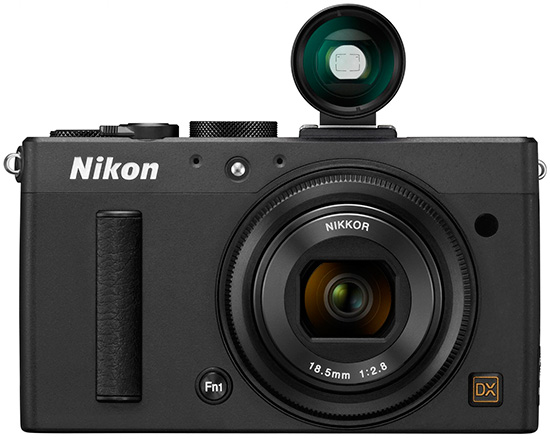
However, transmissive LCDs are much more limited in terms of what can be superimposed practically, because they can basically only darken, not lighten the image.Įventually, when transparent OLEDs make their way into DSLRs, this difference will go away, but as far as I know, they have not appeared in any DSLRs yet.ĮVFs generally have the advantage that they let you see what the camera is going to see when you take the photograph, and in particular you can look through an EVF with the lens stopped down, so you will see the depth of field that will be in the picture. Note that it is possible to overlay some data over optical viewfinders, of course, such as focus point dots, boundaries of focus zones, and so on. For cameras without dual-pixel autofocus or dedicated focus pixels, significantly less reliable focusing.For cameras without a fully enclosed viewfinder, light from screen can annoy others.Unless combined with electronic front curtain, significantly longer shutter lag (because it starts out open).Temporarily obliterates night vision when used in the dark, making it hard to get around.Lower resolution when not zoomed in (harder to judge focus by eye).zebra stripes, focus peaking) see note below.


Can superimpose more complex data over the image (e.g.Can see (almost) exactly what the camera sees, even in low light.Can zoom in to verify precise focus and depth of field.Potentially smaller and lighter camera bodies and lenses (particularly wide angle lenses).


 0 kommentar(er)
0 kommentar(er)
